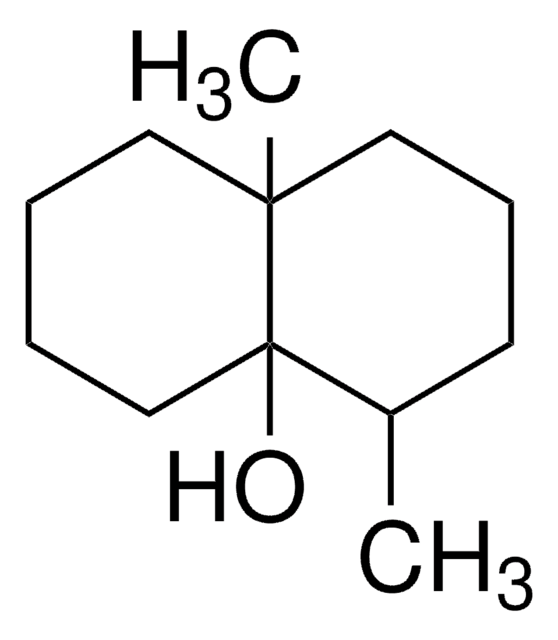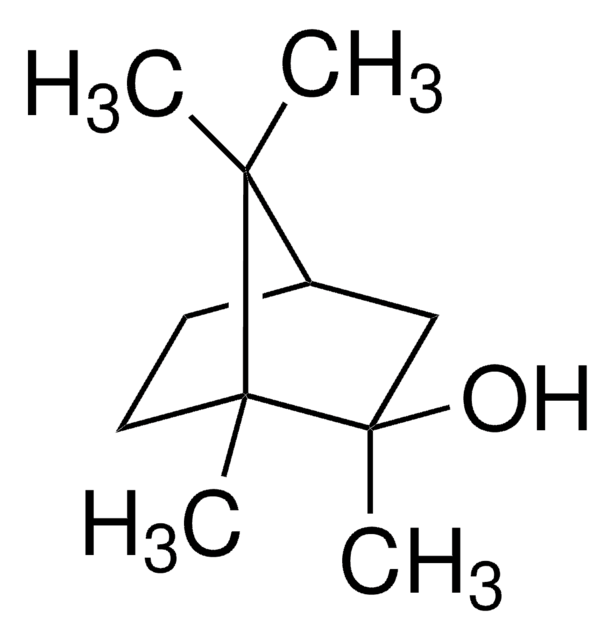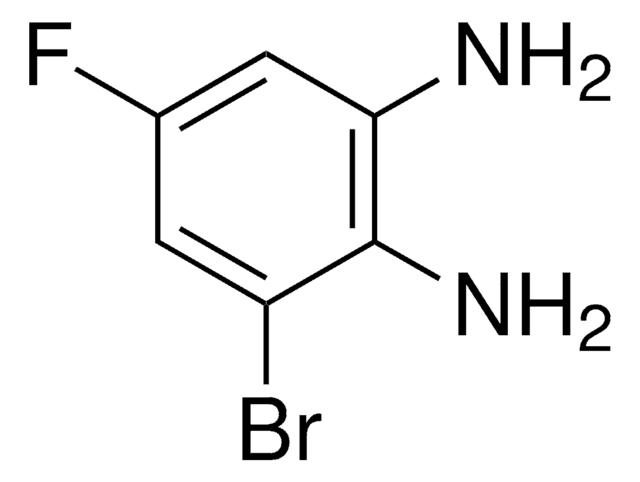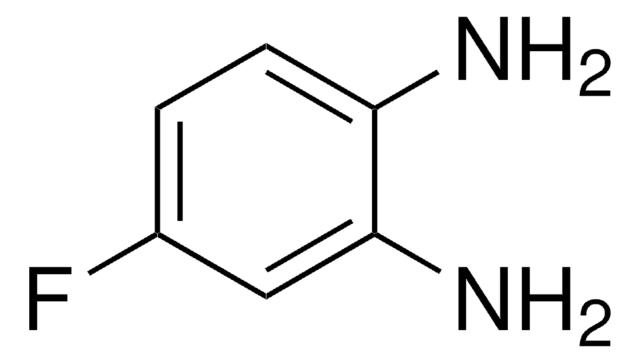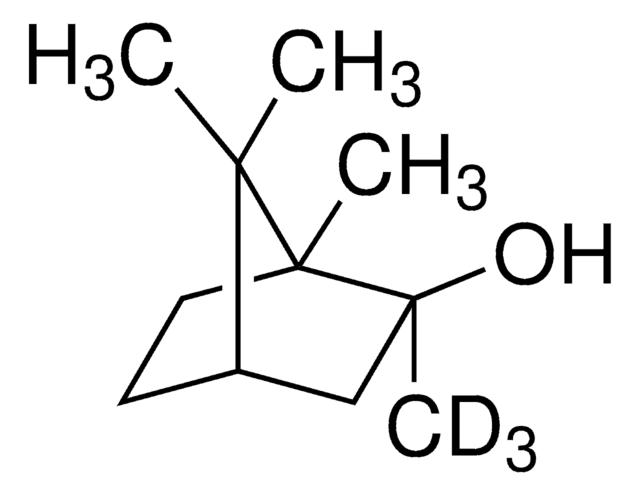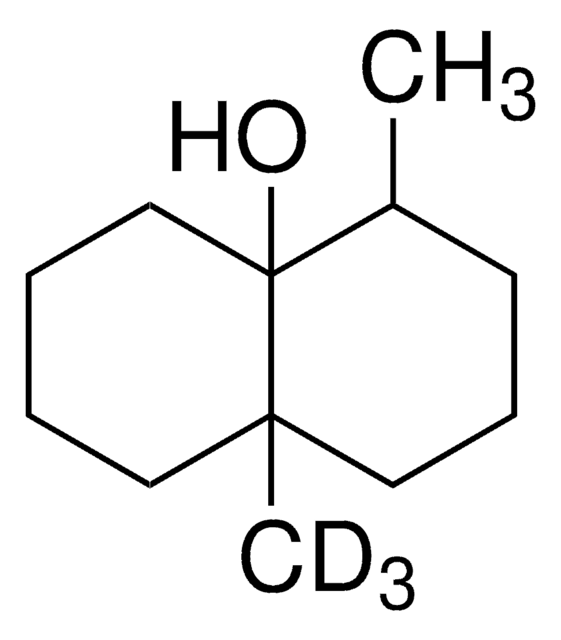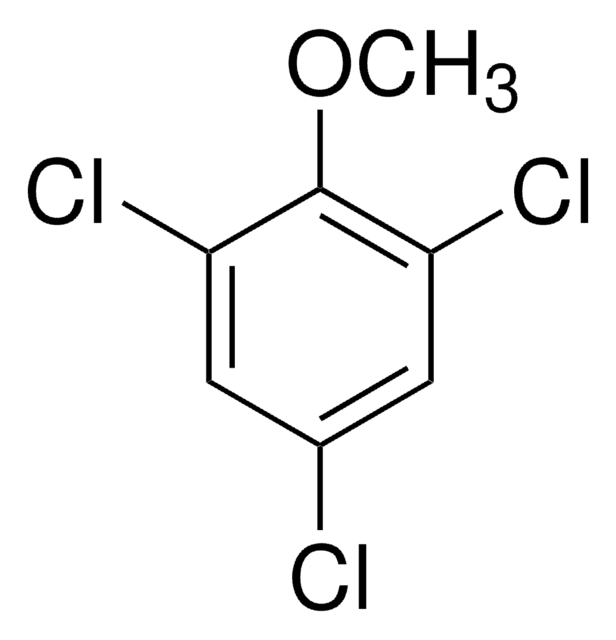743364
2-Methylisoborneol
≥98.0% (GC)
Synonyme(s) :
exo-1,2,7,7-Tetramethylbicyclo[2.2.1]heptan-2-ol
Se connecterpour consulter vos tarifs contractuels et ceux de votre entreprise/organisme
About This Item
Formule empirique (notation de Hill):
C11H20O
Numéro CAS:
Poids moléculaire :
168.28
Numéro MDL:
Code UNSPSC :
12352100
ID de substance PubChem :
Produits recommandés
Niveau de qualité
Essai
≥98.0% (GC)
Forme
solid
InChI
1S/C11H20O/c1-9(2)8-5-6-10(9,3)11(4,12)7-8/h8,12H,5-7H2,1-4H3/t8-,10-,11-/m1/s1
Clé InChI
LFYXNXGVLGKVCJ-FBIMIBRVSA-N
Catégories apparentées
Application
- Odor compound prioritization in water: A study employed machine learning models combined with non-target analysis to prioritize odorous compounds like 2-Methylisoborneol in surface water, enhancing the effectiveness of environmental monitoring and treatment strategies (Huang et al., 2024).
- Water treatment with carbon materials: The study explored the use of Spirulina-based carbon materials as adsorbents for removing 2-Methylisoborneol from drinking water, also assessing the cyto-genotoxic effects, thus contributing to safer and more effective water treatment solutions (Antonopoulou et al., 2024).
- Quantification in aquaculture: Improved methods for quantifying 2-Methylisoborneol in farmed fish were developed using stable isotope dilution gas chromatography-mass spectrometry, facilitating better management of water quality in aquaculture environments (Dupre et al., 2024).
Conditionnement
Bottomless glass bottle. Contents are inside inserted fused cone.
Mention d'avertissement
Danger
Mentions de danger
Conseils de prudence
Classification des risques
Flam. Sol. 1 - Skin Irrit. 2
Code de la classe de stockage
4.1B - Flammable solid hazardous materials
Classe de danger pour l'eau (WGK)
WGK 3
Point d'éclair (°F)
Not applicable
Point d'éclair (°C)
Not applicable
Faites votre choix parmi les versions les plus récentes :
Déjà en possession de ce produit ?
Retrouvez la documentation relative aux produits que vous avez récemment achetés dans la Bibliothèque de documents.
Les clients ont également consulté
Mikael A Petersen et al.
Journal of agricultural and food chemistry, 59(23), 12561-12568 (2011-11-02)
Globally, aquaculture systems with water recirculation experience increasing problems with microbial taste and odor compounds (TOCs) such as geosmin and 2-methylisoborneol (MIB). This study investigated the content of geosmin and MIB in water and the flesh of 200 rainbow trouts
Marc Auffret et al.
FEMS microbiology ecology, 84(2), 235-247 (2012-12-12)
A variety of factors affecting water quality in recirculating aquaculture systems (RAS) are associated with the occurrence of off-flavours. In this study, we report the impact of water quality on the bacterial diversity and the occurrence of the geosmin-synthesis gene
Kristin Zoschke et al.
Water research, 46(16), 5365-5373 (2012-08-04)
The occurrence of the taste and odour compounds geosmin and 2-methyl isoborneol (2-MIB) affects the organoleptic quality of raw waters from drinking water reservoirs worldwide. UV-based oxidation processes for the removal of these substances are an alternative to adsorption and
Kristin Zoschke et al.
Water research, 45(15), 4544-4550 (2011-07-15)
The adsorption of the taste and odour (T&O) compounds geosmin and 2-methylisoborneol (2-MIB) onto powdered activated carbon (PAC) has been studied under conditions which are typical for a drinking water treatment plant that uses reservoir water for drinking water production.
Lior Guttman et al.
Applied and environmental microbiology, 78(2), 363-370 (2011-11-15)
Using a relatively simple enrichment technique, geosmin and 2-methylisoborneol (MIB)-biodegrading bacteria were isolated from a digestion basin in an aquaculture unit. Comparison of 16S rRNA gene sequences affiliated one of the three isolates with the Gram-positive genus Rhodococcus, while the
Notre équipe de scientifiques dispose d'une expérience dans tous les secteurs de la recherche, notamment en sciences de la vie, science des matériaux, synthèse chimique, chromatographie, analyse et dans de nombreux autres domaines..
Contacter notre Service technique